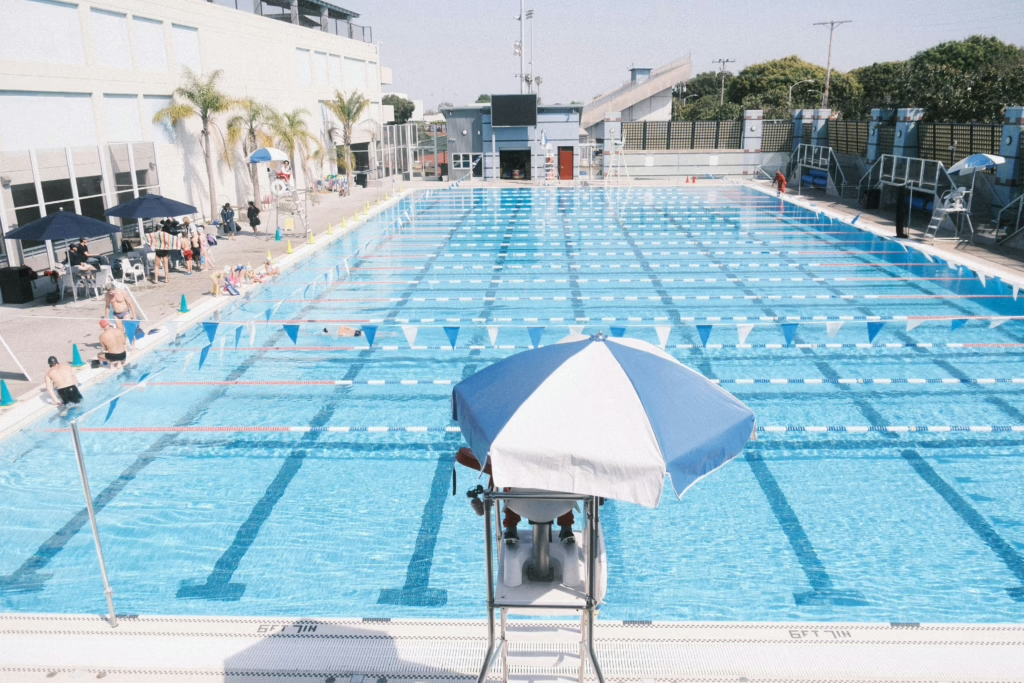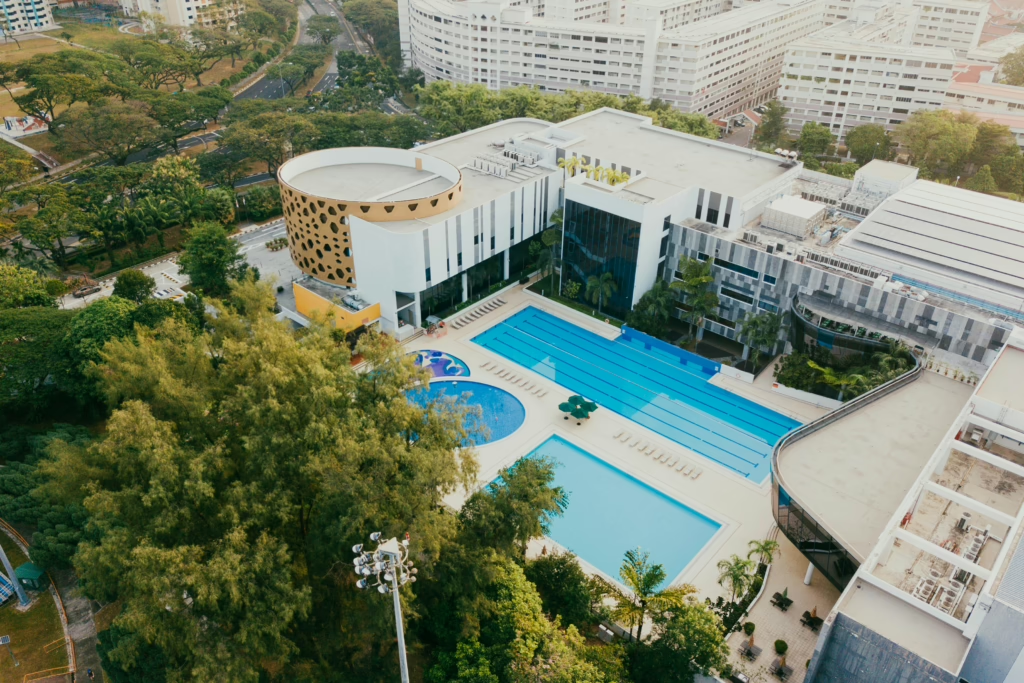San Diego’s sunny climate and outdoor lifestyle make owning a pool an everyday luxury. However, maintaining a pool can be time-consuming and resource-intensive. Pool automation systems have revolutionized pool care, offering innovative features that simplify maintenance, improve energy efficiency, and enhance the swimming experience.
If you’ve been searching for “pool automation system installation near me,” here’s a closer look at the top automation features that are especially beneficial for San Diego pools.
Energy-Efficient Pump Control
One of the most impactful automation features for San Diego pools is energy-efficient pump control. Traditional single-speed pumps run constantly, consuming significant energy regardless of the task. In contrast, variable-speed pumps, a hallmark of modern automation systems, adjust their speed based on the pool’s specific needs.
For example, a lower speed is used for regular filtration, while higher speeds are employed during cleaning cycles. This customization dramatically reduces energy consumption and extends the pump’s lifespan. With smart scheduling, pool owners can program pumps to run during off-peak electricity hours, lowering energy bills.
This feature provides substantial cost savings in a city like San Diego, where energy efficiency is highly valued.
Advanced Water Quality Monitoring
Maintaining balanced water chemistry is crucial for a safe and enjoyable pool experience. Automation systems simplify this task with advanced water quality monitoring features. Sensors continuously measure key parameters such as pH, chlorine levels, and water temperature. These systems provide real-time data, allowing for proactive adjustments.
For example, when chlorine levels drop below the optimal range, the system automatically dispenses the required chemicals to restore balance. This eliminates the guesswork and ensures consistent water quality, preventing issues like algae growth or irritation for swimmers.
By automating chemical dosing, pool owners save time and reduce the risk of overusing chemicals, which can harm the environment.
Lighting and Ambiance Customization
Lighting plays a significant role in enhancing a pool’s aesthetics and functionality. Modern automation systems offer programmable LED lights that allow homeowners to create the perfect ambiance for any occasion. With a wide range of color options and customizable settings, you can adjust the lighting to suit a relaxing evening swim or a vibrant pool party.
In addition to standalone lighting, automation systems can synchronize lights with water features like fountains or waterfalls. This coordination creates stunning visual effects, adding a touch of luxury to your pool area. Whether hosting a gathering or enjoying a quiet night by the pool, customized lighting elevates the experience.
Solar Heating Integration
San Diego’s abundant sunshine makes solar heating ideal for pool owners. Automation systems seamlessly integrate with solar heating setups, enabling you to harness renewable energy to maintain a comfortable pool temperature. These systems use smart controls to optimize energy usage, prioritizing solar power during peak sunlight hours and switching to alternative heating methods only when necessary.
By leveraging solar heating, homeowners can enjoy significant energy savings while reducing their carbon footprint. This feature aligns with San Diego’s emphasis on sustainability and ensures year-round comfort for swimmers.
Remote Control and Smart Home Integration
One of the most convenient features of modern pool automation systems is the ability to manage your pool remotely. A mobile app lets you control pumps, heaters, lights, and water features from anywhere. Did you forget to turn off the pool lights before leaving for the day? Need to adjust the water temperature on your way home? A few taps on your smartphone make it easy.
Many systems integrate with popular smart home platforms like Amazon Alexa, Google Home, and Apple HomeKit for added convenience. This allows for voice-activated commands, such as, “Alexa, turn on the pool heater,” or “Google, set the pool lights to blue.” Smart home integration streamlines pool management, making it a seamless part of your connected lifestyle.
Safety and Convenience Features
Safety is a top priority for pool owners, and automation systems include features designed to enhance security and ease of use. Automated pool covers are a prime example. These covers can be deployed or retracted with a button, reducing evaporation and providing a protective barrier when the pool is not in use.
Additionally, automation systems send alerts for potential issues, such as low water levels, equipment malfunctions, or unusual activity. These notifications allow you to address problems quickly, preventing costly repairs or downtime. By combining safety with convenience, automation systems give San Diego pool owners peace of mind.
FAQ: Pool Automation System Installation Near Me
1. What is a pool automation system?
A pool automation system integrates all essential pool equipment—such as pumps, heaters, lights, and cleaning systems—into a single control platform. With automation, pool owners can manage their pool’s operations remotely via a mobile app, tablet, or control panel, simplifying maintenance and enhancing convenience.
2. How much does pool automation system installation cost?
Installing a pool automation system typically ranges from $1,500 to $5,000. Pricing depends on factors such as the system’s complexity, the number of features you wish to automate, and whether existing equipment requires upgrades for compatibility.
3. What features can be automated in a pool?
Pool automation systems can automate a wide variety of functions, including:
- Filtration and circulation schedules.
- Heating and cooling systems.
- Lighting, including color and intensity adjustments.
- Cleaning systems like robotic vacuums and skimmers.
- Chemical monitoring and dosing to maintain water balance.
- Additional water features such as fountains, waterfalls, and spa jets.
4. How does pool automation save money and energy?
Pool automation systems significantly reduce energy consumption by optimizing the operation of energy-intensive equipment. Variable-speed pumps, for example, adjust their speed based on task requirements, consuming less electricity. Smart scheduling ensures pumps and heaters run during off-peak hours, further lowering utility bills. Additionally, precise chemical monitoring minimizes chemical waste, saving costs over time.
5. Can I install a pool automation system myself?
While some systems offer DIY installation options, professional installation is highly recommended. Certified technicians ensure proper integration with your existing equipment, safe wiring, and adherence to local codes. Professional installation also validates warranties provided by most manufacturers, protecting your investment.
6. What’s the best pool automation system for my pool?
The best pool automation system depends on your specific needs, pool size, and features. Leading brands such as Hayward OmniLogic, Pentair IntelliTouch, and Jandy iAquaLink offer customizable systems tailored to different setups. Consulting with a professional installer will help you determine which system best meets your pool’s requirements and budget.
7. How long does it take to install a pool automation system?
Installation time varies based on the complexity of the system and your pool’s configuration. On average, professional installation takes between 4 and 8 hours. Larger pools or those requiring equipment upgrades may require additional time.
8. How do I control a pool automation system?
Most pool automation systems are managed through intuitive mobile apps, dedicated control panels, or tablet interfaces. These platforms provide easy access to monitor and adjust temperature, lighting, and filtration schedules. Integration with smart home systems also allows for voice-activated commands, adding another convenience layer.
9. Can pool automation be integrated with smart home systems?
Many modern pool automation systems integrate seamlessly with smart home platforms like Amazon Alexa, Google Home, and Apple HomeKit. This integration enables centralized control and voice-activated management of pool features, making it a convenient addition to your connected home.
10. How often do I need to update my pool automation system?
Updates for pool automation systems are typically required annually or as needed to enhance functionality and maintain compatibility with new technologies. Software updates may include bug fixes, new features, or improved security. Consulting your installer or manufacturer ensures your system remains up-to-date and operates efficiently.
Final Thoughts
Pool automation systems offer a range of features that make owning a pool in San Diego more enjoyable, efficient, and sustainable. From energy-efficient pump control to advanced water quality monitoring, customizable lighting, solar heating integration, and smart home compatibility, these systems transform pool care into a hassle-free experience.
Ready to explore the best pool automation features for your pool? Contact PoolLogic San Diego today for expert advice and professional installation. Let us help you create a pool experience tailored to your lifestyle and the unique demands of San Diego’s climate.



